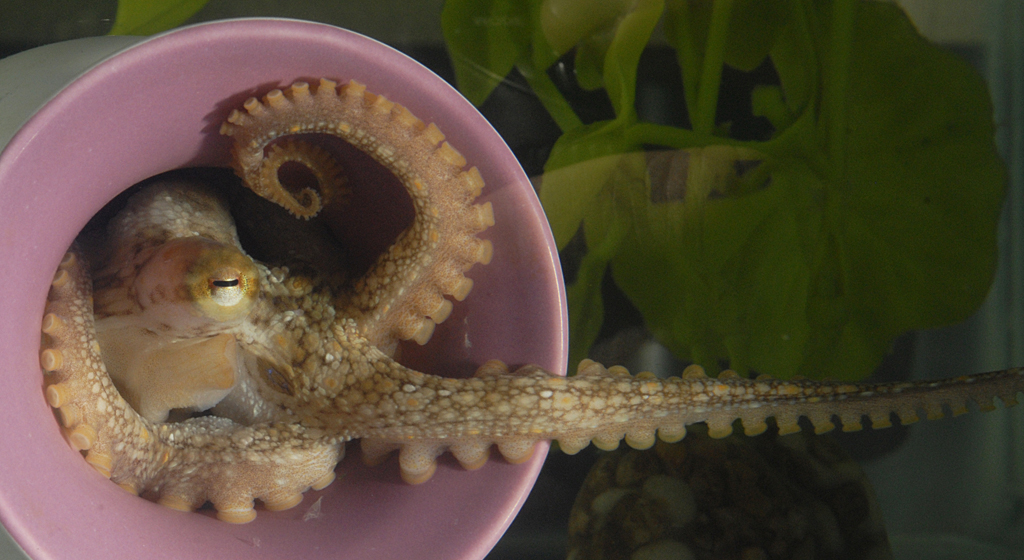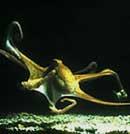Keys to the complexity of octopus in their genome
2015/08/13 Etxebeste Aduriz, Egoitz - Elhuyar Zientzia Iturria: Elhuyar aldizkaria

An international research team has decoded the octopus genome and found clues to understand the complexity of these animals. Today the results have been published in Natura.
Eight arms full of bents, developed eyes, ability to abruptly change the color and texture of the skin, intelligence to perform complex actions… The octopus is a special animal, especially among invertebrates. And, given its characteristics, it is not surprising that the genome is large: it is almost as large as the human and has more genes (the octopus has about 33,000 genes, less than 25,000 humans).
For the genome to be so large, researchers expected the entire genome to be duplicated (like many animals), but have now seen it not. On the contrary, they have mainly two families of very widespread genes.
One of them is the family of protocarins, which regulate the development of neurons and their interactions. Invertebrates usually have very few genes from this family and were thought to be abundant only in vertebrates. Because the octopus has 168 genes, twice as much as mammals.
The other extended family of genes is that of the transcription factors of the fingers of zinc, which regulate the rhythm to which the proteins are made and which, among other factors, can influence the maintenance of the nerve cells. Octopus has 1,800 genes from this family. It is the second largest family of genes known in animals (elephants have 2,000 olfactory receptor genes).
In addition, hundreds of octopus specific genes have been found, some of which are expressed especially in certain tissues. For example, some genes that are expressed in the skin are related to the sudden changes in color and texture of the octopus. And there have also been found some special genes that are expressed in the suction cups and that believe they are the ones that have the ability to bail the octopus.

Gai honi buruzko eduki gehiago
Elhuyarrek garatutako teknologia





